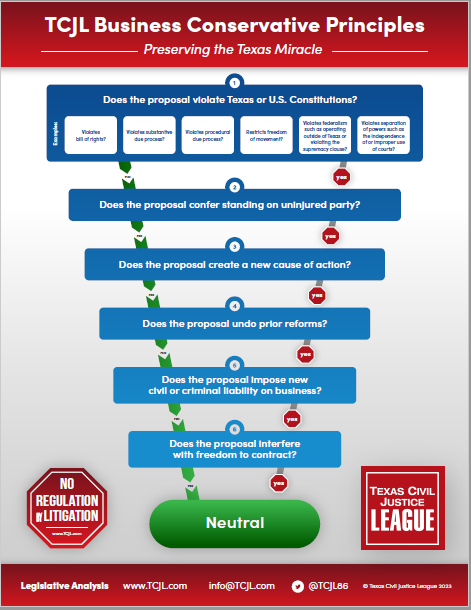 The 2011 amendments to the Tax Code establishing a valuation methodology for a dealer’s heavy equipment inventor (DHEI) spawned a passel of litigation between appraisal districts and taxpayers, culminating in a decision by the Texas Supreme Court upholding the constitutionality of the statute in EXLP Leasing, LLC v. Galveston Cent. Appraisal Dist., 554 S.W.3d 572 (Tex. 2018). That decision engendered additional litigation brought by taxpayers seeking to correct appraisal rolls in numerous counties that appraised compressors as business personal property based on their location in the county, not in accordance with the statutory situs rule (county in which the dealer maintains the inventory).
The 2011 amendments to the Tax Code establishing a valuation methodology for a dealer’s heavy equipment inventor (DHEI) spawned a passel of litigation between appraisal districts and taxpayers, culminating in a decision by the Texas Supreme Court upholding the constitutionality of the statute in EXLP Leasing, LLC v. Galveston Cent. Appraisal Dist., 554 S.W.3d 572 (Tex. 2018). That decision engendered additional litigation brought by taxpayers seeking to correct appraisal rolls in numerous counties that appraised compressors as business personal property based on their location in the county, not in accordance with the statutory situs rule (county in which the dealer maintains the inventory).
One of those taxpayers, J-W Power Company, has sued several appraisal districts, including those in Jack, Irion, Sterling, Duval, Wise, Frio, and Henderson counties. These suits all seek courts to order the appraisal districts to correct their appraisal rolls for tax years 2013-16 to remove the improperly appraised compressors. In J-W Power Company v. Jack County Appraisal District (No. 02-22-00082-CV; filed January 26, 2023), the Fort Worth Court of Appeals, joining the Austin and San Antonio courts, rejected J-W Power’s appeal based on the doctrine of res judicata.
In each of these cases, J-W Power protested the appraisal of its compressors under § 41.41, Tax Code, and in each case the appraisal review board rejected the protest. Power asserted that although some compressors were located in the relevant counties, they could only be appraised in the county in which Power maintained its inventory (in this case, Palo Pinto County). Therefore, the property did not exist in Jack (or whatever) County in the form or at the location listed on the appraisal rolls. When the ARB denied the protest, Power failed to seek judicial review under Chapter 42, Tax Code. Instead, following the SCOTX decision, Power went back to the offending appraisal districts and made § 25.25, Tax Code, motions to “correct” the appraisal roll. When this failed, Power resorted to litigation. In the Jack CAD case, as in the others, the trial court granted the CAD’s motion for summary judgment.
The court of appeals decided this case based on the fact that Power failed to pursue judicial relief from the ARB’s orders in each of the affected tax years. Power argued that res judicata did not apply to its § 25.25 motion to correct “were not ripe when it lodged its Section 41.41 protests.” Noting that Power’s brief contained “little elaboration on this argument,” the court held that Power’s claims satisfied the ripeness doctrine because Powers complained of the same injury in its ARB protests as it did in the litigation: that the compressors did not have situs in Jack County and could not be appraised there. Given that the “basic nature” of the claims were the same, regardless of the fact that they were brought under different statutes at different times. The CAD thus established that res judicata applied to bar Power’s claims.
The court went on to address Power’s argument that § 25.25(l) allowed it to file a motion under § 25.25(c), which allows a property owner to make a motion to correct, among other things, “the inclusion of property that does not exist in the form or at the location described in the appraisal roll,” regardless of whether it protested the value of the property subject to the motion. But, as the court pointed out, Power did not protest the value, just whether it should have been appraised in Jack County to begin with. According to the court, “Subsection (l) provide[d] an exception based on a precondition that J.W. Power does not satisfy.”
While the res judicata ruling appears straightforward, the dicta on § 25.25, at least in our view, is not. The court states that “if a property owner protests valuation under Chapter 41, that owner may still file a subsequent motion under Section 25.25(c) to correct an error unrelated to valuation.” Though the court is correct that § 25.25(c) offers four distinct grounds for correcting errors in the roll, none of which contest the appraisal district’s valuation methodology, the statement above seems to suggest that protesting the value is a prerequisite to later filing a § 25.25 motion. That is not our understanding of how § 25.25 works. While the statute specifically authorizes a property owner to seek correction of the roll whether the taxpayer filed protested the value or not, it does not make § 25.25 contingent on a property owner having also filed a protest. Perhaps we are simply misconstruing a stray sentence from the opinion or the statute itself, but if we noticed it, maybe somebody more knowledgeable will see it and correct our reading.
In any event, the big takeaway from this case is that property owners must exhaust judicial remedies under Chapter 42 to avoid the application of res judicata to any future claims based on § 25.25. J-W Power has filed a petition for review from the Austin court’s decision, so the final word in these cases may not yet have been spoken.












